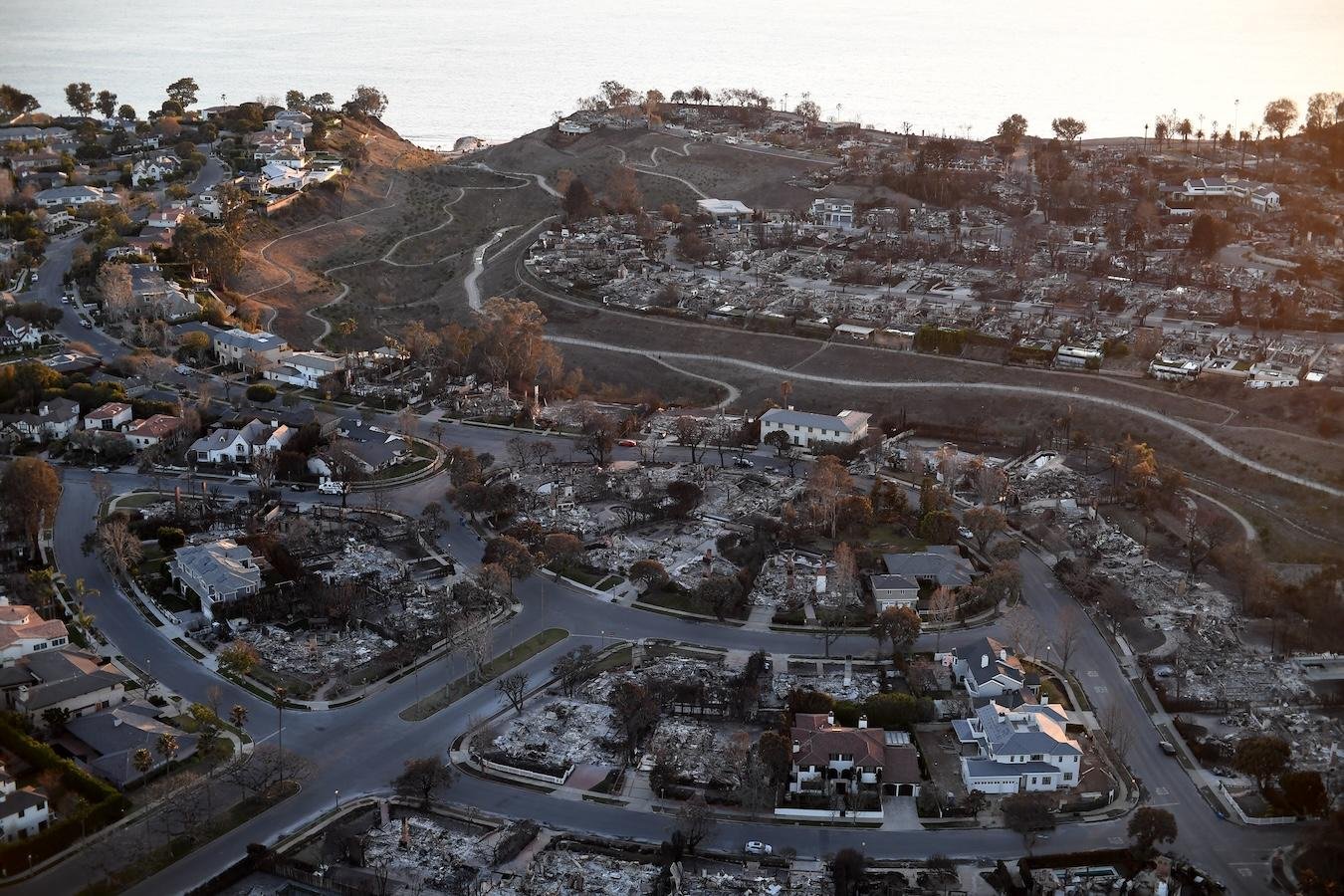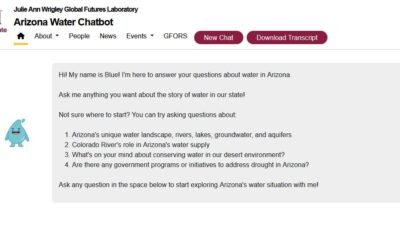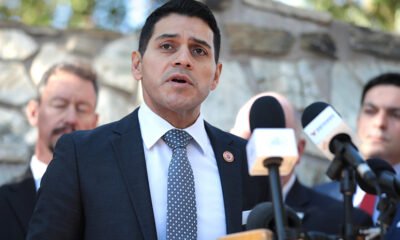Business
How Climate Change is Shattering the American Dream

In the aftermath of destructive fires in neighborhoods like Altadena and Pacific Palisades, discussions about the financial burden and accountability for the devastation have intensified. Current estimates suggest that damages and economic losses from these firestorms could surpass $250 billion. This comes on the heels of previous disasters, including hurricanes Milton and Helene, which have collectively inflicted tens of billions of dollars in losses across the United States.
The financial repercussions of climate change are mounting. As natural disasters become more frequent, home insurance prices are escalating nationwide, squeezing homeowners. Some insurance providers are withdrawing from high-risk areas, prompting residents to consider relocating.
A recent analysis from First Street, a climate research organization, indicates that housing prices may have peaked in regions vulnerable to climate threats. Their forecast warns of nearly $1.5 trillion in asset losses over the coming three decades, raising alarms about the changing landscape of financial security for many Americans. Essentially, climate change is disrupting traditional notions of wealth accumulation associated with homeownership.
Homeownership represents a significant portion of the U.S. economy, valued at nearly $50 trillion, nearly double the national GDP. Home prices have risen over 58% in the past two decades, with about two-thirds of American adults owning their homes. However, as insurance costs rise and forecasts suggest property values could decrease by 6% over the next 30 years, the economic stability tied to homeownership is in jeopardy.
Average insurance premiums have surged by 31% since 2019, particularly in high-risk areas. Projections indicate that if trends continue, rates could climb an additional 29% in the next 30 years. Areas like Miami could see premiums quadruple, signaling a crisis for homeowners.
Historically, low insurance rates have lured individuals to live in risky areas. As natural disasters have escalated, insurance companies have pulled out or raised rates aggressively, forcing states to provide additional support to homeowners. Researchers at First Street suggest that many properties are underinsured, with 39 million across the country facing inadequate premiums for the associated climate risks.
Climate migration is becoming a growing concern, with predictions indicating that over 55 million Americans will consider moving due to changing environmental conditions in the next three decades. The potential for drastic shifts in property values may correlate with lower prices in high-risk areas, while safer locations could see increases of more than 10% by midcentury. This trend is poised to reshape the housing market significantly.
While these projections raise important questions about future housing patterns, uncertainties remain about human behavior in the face of climate challenges. Home equity accumulated from rising property values in recent decades may provide a cushion against projected losses, but systemic changes appear inevitable. Economists warn that without significant adaptations, the landscape of homeownership could evolve considerably, creating a stark divide between those able to afford homes and those relegated to renting.
Los Angeles, despite its vulnerabilities, remains resilient due to its wealth and resources. Neighborhoods like Pacific Palisades are expected to recover, while others like Altadena may endure challenging transformations with properties likely to be acquired by investors, resulting in gentrification and exclusion.
Ultimately, climate change may reshape the American dream, ushering in a reality where homeownership becomes increasingly unattainable for many. Investors may fill the gap, managing properties that were once home to middle-class families. The evolving landscape raises questions about economic access and the sustainability of traditional homeownership in the decades to come.
This story was co-published with The New York Times.
















